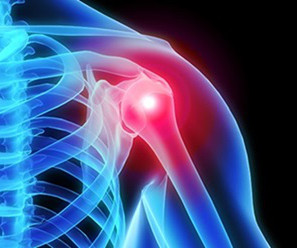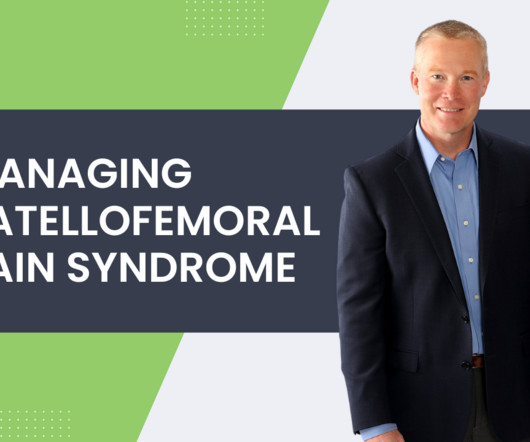Meralgia Paresthetica: A Commonly Overlooked Cause of Thigh Pain
ChiroUp
APRIL 10, 2025
1-3) The LFCN originates from L2-L3 spinal roots, courses through the lumbar plexus, and exits the pelvis just medial to the ASIS beneath the inguinal ligament - a frequent site of entrapment. (4) Tinel's Sign Over the Inguinal Ligament Sensitivity: 85.1% | Specificity: 87.5% 2007 Aug 20;8(8):669-77. 2009 Apr;22(3):365-70.











Let's personalize your content